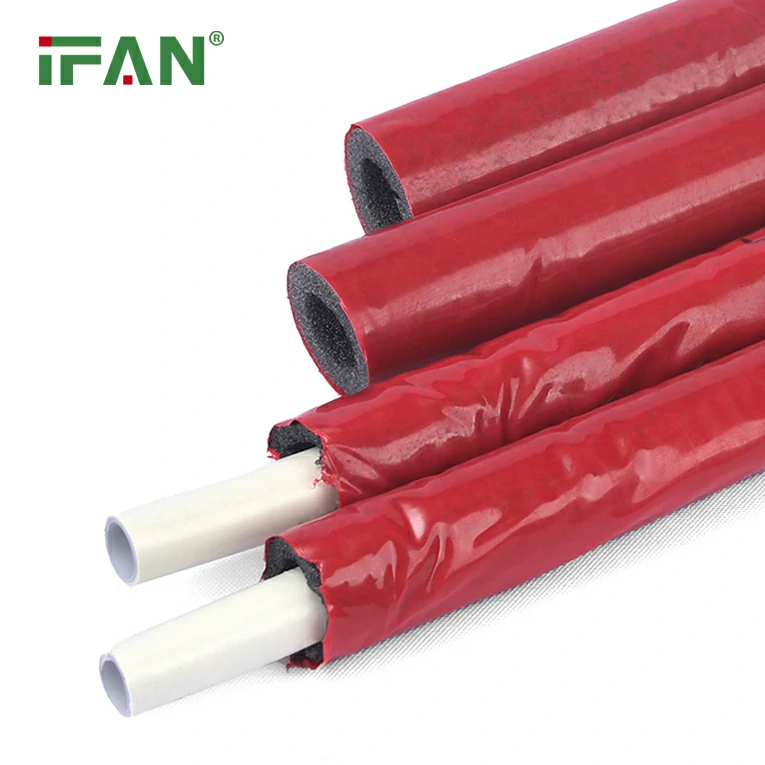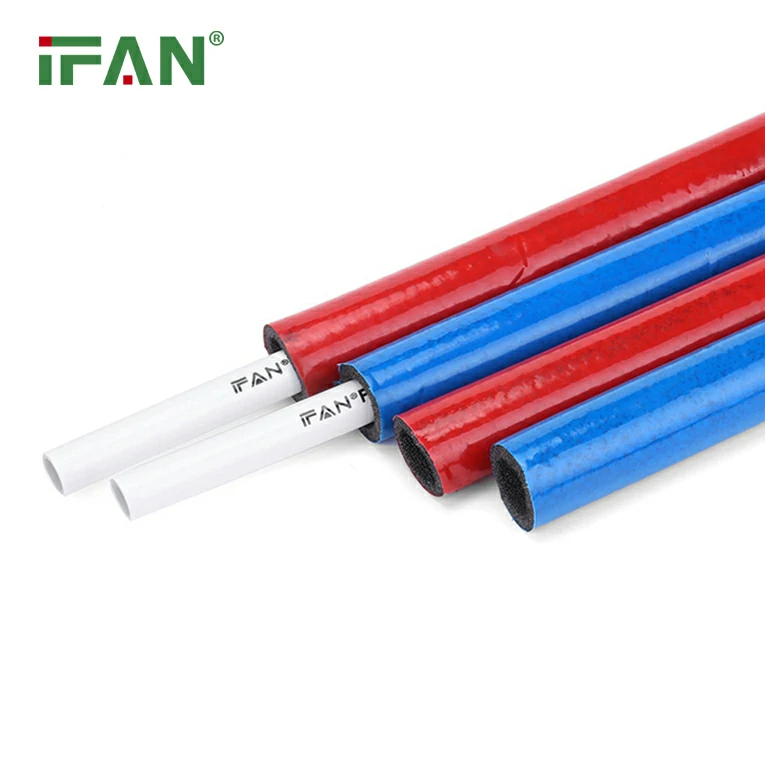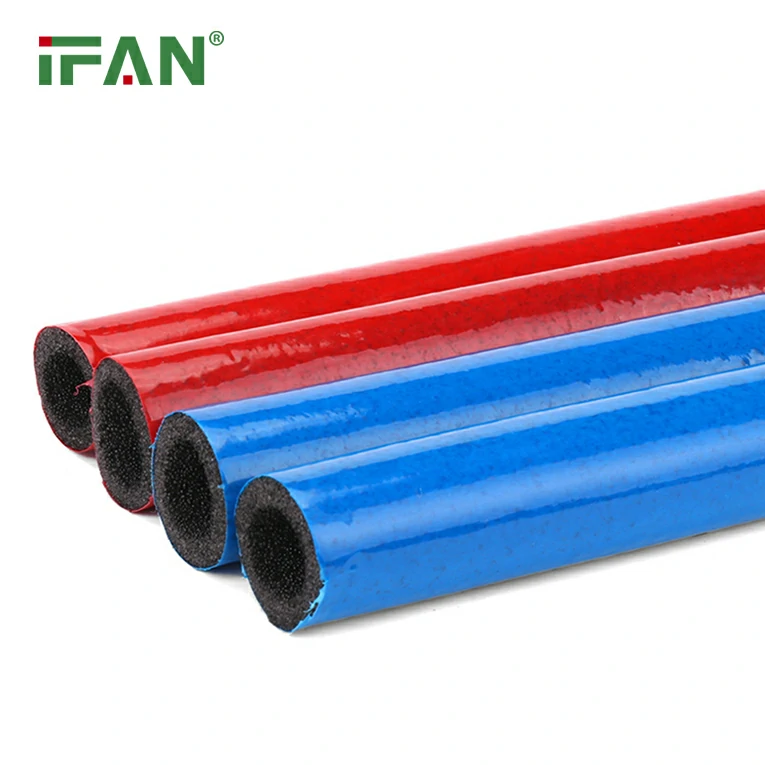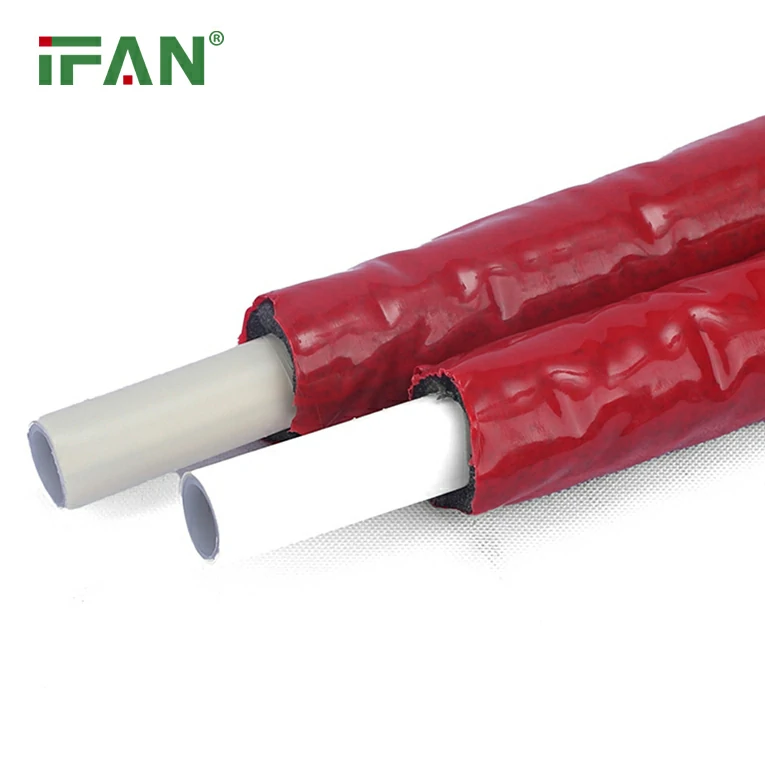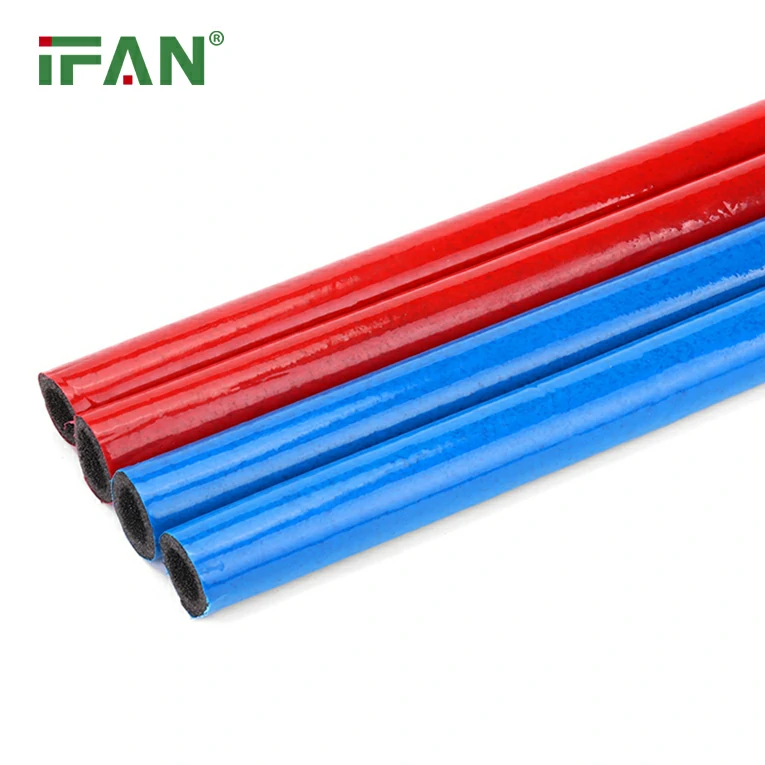Introduction
Irrigation systems play a crucial role in modern agriculture, ensuring that crops receive the optimal amount of water for growth. As technology advances, the materials used in irrigation systems are also evolving. Among these materials, PEX (cross-linked polyethylene) pipes have gained popularity for their flexibility, durability, and ease of installation. However, alternatives such as PPR (Polypropylene Random Copolymer) pipes are also emerging as viable options for irrigation systems. This article will explore the benefits of evolving irrigation PEX pipe products while also highlighting the advantages of PPR pipes in agricultural applications.
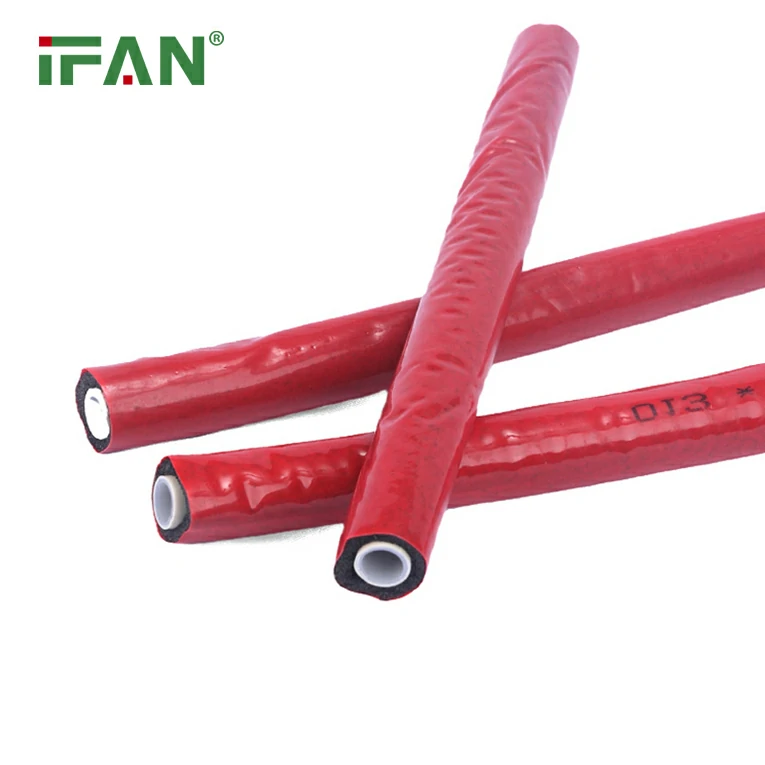
Understanding PEX Pipes
What is PEX?
PEX pipes are made from cross-linked polyethylene, a type of plastic that has been chemically treated to enhance its properties. These pipes are widely used in plumbing and irrigation systems due to their unique characteristics, including flexibility, resistance to corrosion, and ability to withstand varying temperatures.
Key Benefits of PEX Pipes in Irrigation
- Flexibility: One of the most significant advantages of PEX pipes is their flexibility. This property allows for easy installation around obstacles, making them ideal for complex irrigation layouts. The flexibility reduces the need for fittings, which can be potential leak points.
- Corrosion Resistance: Unlike metal pipes, PEX is resistant to corrosion and scale buildup. This characteristic ensures a longer lifespan for the pipes and maintains water quality, which is essential for irrigation systems.
- Thermal Insulation: PEX pipes provide excellent thermal insulation, helping to maintain water temperature. This is particularly beneficial in irrigation, as it can prevent water from freezing in colder climates.
- Reduced Noise: PEX pipes are quieter than traditional metal pipes, minimizing noise from water flow. This feature can be advantageous in agricultural settings where noise reduction is desired.
- Cost-Effective: Although the initial cost of PEX pipes may be higher than some materials, the long-term savings from reduced maintenance and energy costs make them a cost-effective choice for irrigation systems.
The Role of PPR Pipes in Irrigation
What are PPR Pipes?
PPR pipes are made from polypropylene, a thermoplastic polymer known for its durability and chemical resistance. These pipes have been used in various applications, including plumbing and irrigation, due to their unique advantages.
Key Benefits of PPR Pipes in Irrigation
- Chemical Resistance: PPR pipes are highly resistant to a wide range of chemicals, making them suitable for agricultural applications where fertilizers and pesticides may be used. This resistance ensures that the integrity of the pipes is maintained over time.
- Thermal Stability: PPR pipes can withstand higher temperatures than PEX, making them ideal for hot water applications in irrigation systems, such as those used for heating soil or delivering warm water to crops.
- Longevity: PPR pipes have a lifespan of over 50 years, significantly longer than PEX. Their resistance to corrosion and wear makes them a reliable choice for long-term irrigation systems.
- Ease of Maintenance: PPR pipes require minimal maintenance and are less prone to leaks compared to PEX systems. This reliability translates to lower long-term costs for farmers and agricultural businesses.
- Eco-Friendly: PPR pipes are made from recyclable materials, contributing to a more sustainable irrigation solution compared to PEX, which is derived from petrochemicals.
Comparing PEX and PPR Pipes for Irrigation
When considering the best piping material for irrigation systems, it is essential to compare the benefits of PEX and PPR pipes.
Flexibility vs. Rigidity
- PEX: Offers exceptional flexibility, allowing for easy installation in complex layouts and reducing the need for fittings.
- PPR: While PPR pipes are less flexible than PEX, they can be joined using heat fusion techniques, creating strong, leak-proof connections.
Chemical and Temperature Resistance
- PEX: Resistant to corrosion but may have limitations in high-temperature applications.
- PPR: Highly resistant to chemicals and can withstand higher temperatures, making it suitable for various agricultural applications.
Longevity and Maintenance
- PEX: Typically has a lifespan of 25 to 50 years, depending on installation conditions and exposure to environmental factors. PEX may require more maintenance due to potential leaks at fittings.
- PPR: Offers a lifespan of over 50 years with minimal maintenance needs, making it a reliable long-term solution for irrigation.
Cost Considerations
- PEX: Generally has lower initial costs due to ease of installation but may incur higher long-term maintenance costs.
- PPR: While the initial costs may be higher, the durability and low maintenance of PPR pipes can lead to significant long-term savings.
Innovations in PEX Pipe Products for Irrigation
As the demand for efficient irrigation systems grows, manufacturers are continuously innovating PEX pipe products to enhance their performance and usability. Some of these innovations include:
- Enhanced UV Resistance: New formulations of PEX pipes are being developed to improve their resistance to UV light, which is crucial for outdoor applications. This innovation helps prevent degradation and extends the lifespan of the pipes.
- Improved Fitting Systems: Manufacturers are creating advanced fitting systems specifically designed for PEX pipes, ensuring secure connections that minimize the risk of leaks and enhance overall system reliability.
- Smart Irrigation Technologies: Integrating PEX pipes with smart irrigation technologies allows for precise water delivery based on real-time data, optimizing water usage and improving crop yields.
- Flexible Drip Irrigation Systems: Evolving PEX products are being designed for use in drip irrigation systems, providing efficient water delivery directly to the root zone of plants while minimizing water wastage.
- Color-Coded Systems: New color-coded PEX pipes are being introduced to help differentiate between various applications (e.g., potable water, irrigation), simplifying installation and reducing the risk of cross-contamination.
Installation Techniques for PEX and PPR Pipes
Installing PEX Pipes
- Planning the Layout: Before installation, it’s crucial to plan the irrigation layout, considering the location of plants, water sources, and any obstacles.
- Cutting the Pipe: Use a pipe cutter to cut PEX pipes to the desired lengths.
- Connecting Fittings: Depending on the type of fittings used (crimp or expansion), secure the connections according to the manufacturer’s guidelines.
- Securing the Pipes: Install hangers or straps to secure PEX pipes to the ground or support structures, ensuring proper spacing to prevent sagging.
- Testing for Leaks: After installation, conduct a pressure test to ensure there are no leaks in the system.
Installing PPR Pipes
- Planning the Layout: Similar to PEX, planning the layout is crucial for PPR installations.
- Cutting the Pipe: Cut PPR pipes to the required lengths using a pipe cutter.
- Heating and Joining: PPR pipes are typically joined using heat fusion techniques. This involves heating the ends of the pipes and fittings until they become soft, then pushing them together to create a strong bond.
- Cooling Period: Allow the joint to cool, solidifying the connection.
- Testing for Leaks: As with PEX, conduct a pressure test after installation to ensure there are no leaks.
Conclusion
The evolution of irrigation PEX pipe products has revolutionized the way farmers and agricultural businesses manage water delivery systems. The flexibility, durability, and ease of installation of PEX pipes make them a popular choice for modern irrigation systems. However, alternatives like PPR pipes also provide unique benefits, including chemical resistance, thermal stability, and longevity. By understanding the strengths and weaknesses of both PEX and PPR pipes, agricultural professionals can make informed decisions that best suit their irrigation needs, ensuring efficient water management and improved crop yields.
Frequently Asked Questions (FAQs)
1. What are the main advantages of using PEX pipes in irrigation?
PEX pipes offer flexibility, corrosion resistance, thermal insulation, quick installation, and reduced noise, making them ideal for various irrigation applications.
2. Can PPR pipes be used for chemical applications in agriculture?
Yes, PPR pipes are highly resistant to a wide range of chemicals, making them suitable for agricultural applications where fertilizers and pesticides are used.
3. How long do PEX and PPR pipes last in irrigation systems?
PEX pipes typically last between 25 to 50 years, while PPR pipes have a lifespan of over 50 years, making them a more durable option.
4. Are PEX pipes susceptible to UV light damage?
Yes, PEX pipes are sensitive to UV light and should be protected from direct sunlight to prevent degradation.
5. What is the installation process for PPR pipes in irrigation systems?
The installation of PPR pipes involves planning the layout, cutting the pipes, heating the ends for fusion joining, and allowing the joints to cool and solidify for a strong connection.

